Indoor STEM Activities for Kids
STEM Sport
DECEMBER 12, 2023
As winter begins, keeping kids both physically and mentally active becomes a challenging task for parents and educators. Below are five engineering activities that use everyday items: Popsicle Stick Bridges: Use popsicle sticks and glue to construct bridges. This experiment teaches about impact forces and materials science.

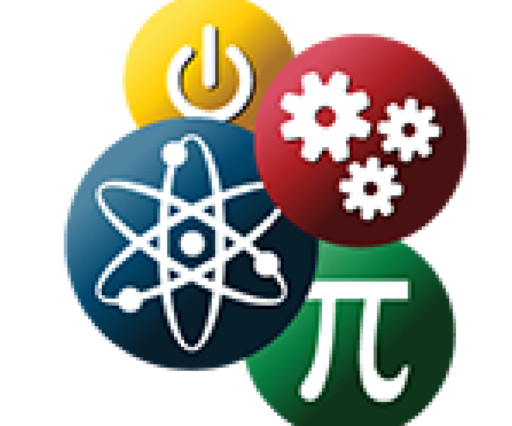
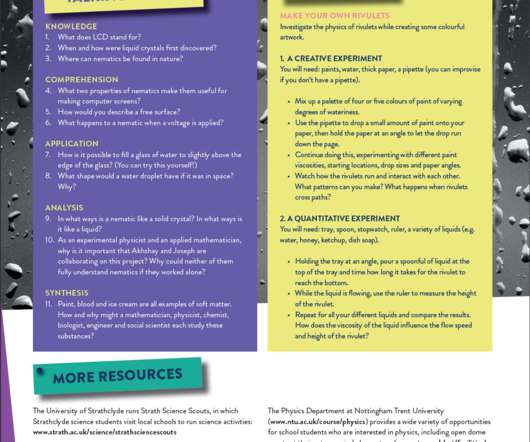
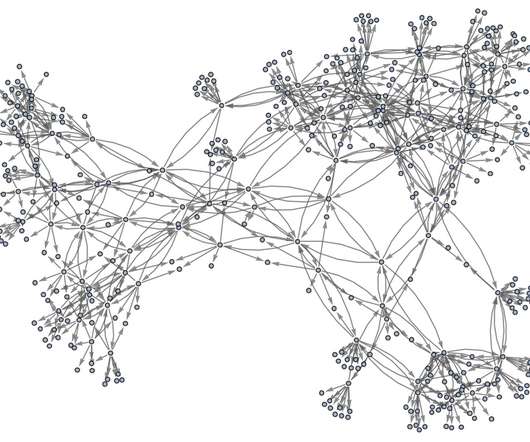
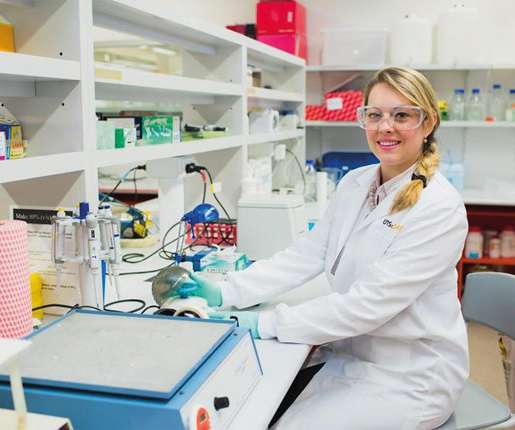

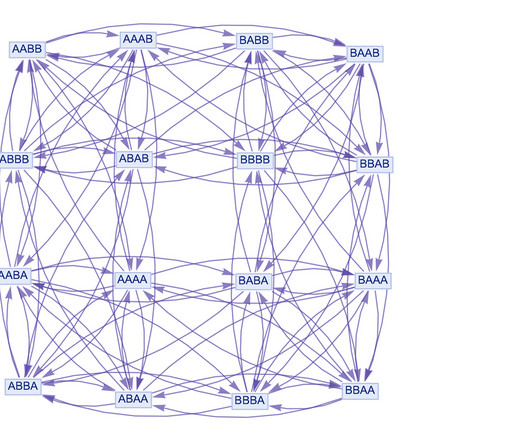

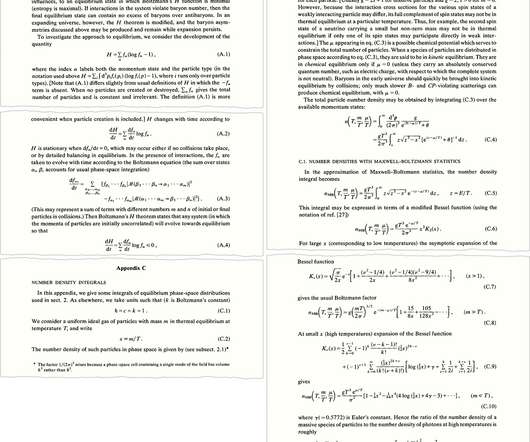
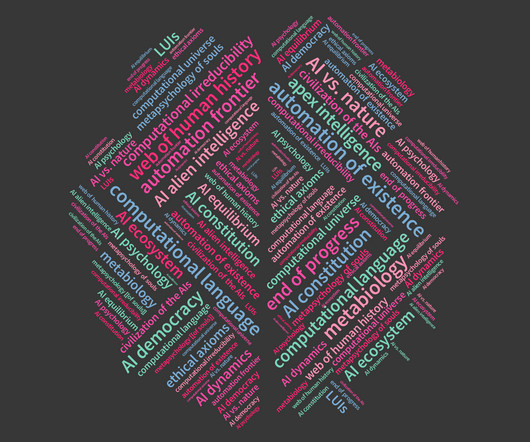

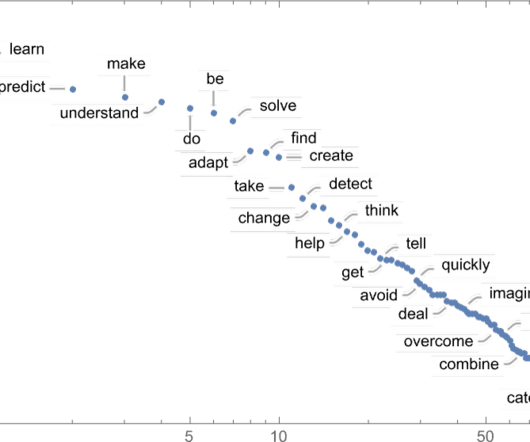






Let's personalize your content